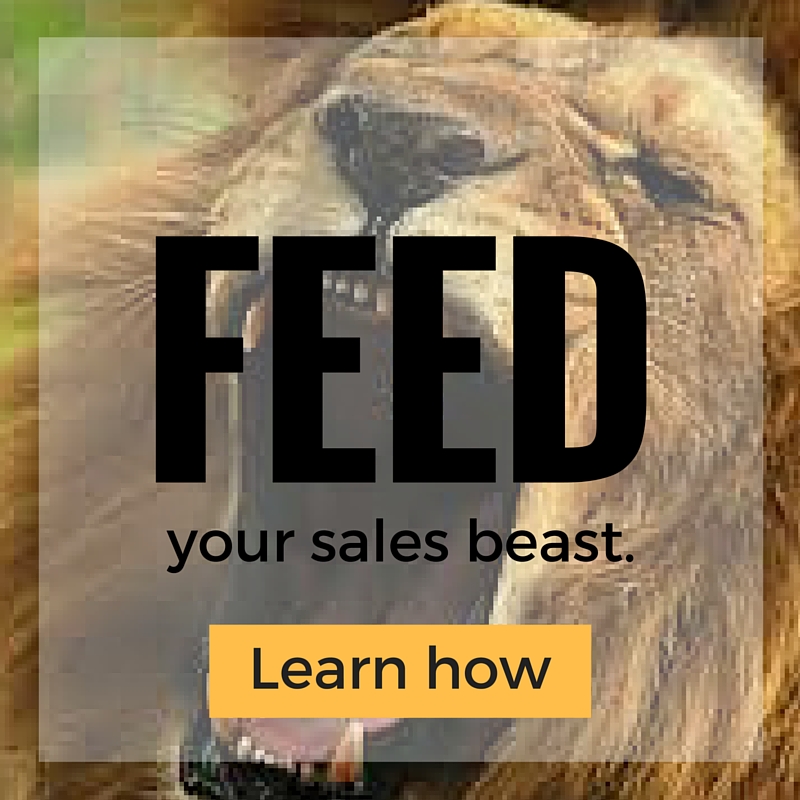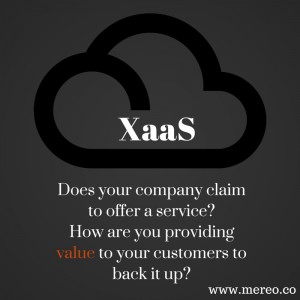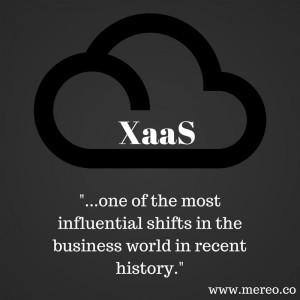To explain, let me relate an anecdote:
Recently, an Enterprise Software (ERP) company decided to change their go-to-market strategy for their sales force. Their sales force was organized by geography and solution. Each sales rep had a number of accounts in their region, and they sold to these accounts by “bringing in the bus” – a cadre of solution consultants, product specialists and service professionals – to convince their prospects to buy their software. The focus was on their software not the prospect’s problems.
As is usual with this type of approach, the company had a few excellent sales reps, several mediocre reps and a percentage of reps who never made quota. On average, 20% of the reps generated 80% of the revenue.
Then, the ERP company decided to change their go-to-market strategy, and planned to organize the sales force by industry. While this change to industries was meant to take more of the point of view of customers, a couple of issues immediately emerged:
- Several reps lost accounts in which they had active relationships (cultivated over months and even years)
- These same reps were given accounts in which they had no active relationships
- Reps were expected to sell into industries in which they had little or no experience
Interestingly, only the sales force was re-organized by industry. Although an Industry Marketing team existed, none of the sales support staff – presales, value engineering, professional services, etc. – was re-organized by industry. Sales reps were left to their own devices to find or create collateral, understand current industry trends and employ methodologies to sell successfully with an industry perspective.
The sales force was not Industry-Enabled.
The Result? First, less than 10% of the sales force made their quota the first year under the new re-organization. Second, sales force attrition rose markedly.
Clearly, this is a case of “Starving the Beast”.
How should you feed the Beast? To answer this question, we need to consider the job of a sales rep…
At its heart, the job of a sales rep is to have a business conversation with C-Level executives at the prospect company, discussing:
- Business, financial and personal pains of the executive
- Root causes of these pains (with the rep bringing insight as to how and why these pains are occurring)
- Business solutions (Industry Leading Practices – changes to strategies, KPIs, organizations, processes and systems technology) that relieve the business pains
- The value the executive will realize by embracing the change proposed by the rep
Note: this approach is focused on the CXO’s problems and point of view – not the sales rep’s products.
A sales rep cannot have this conversation with a C-Level executive without the following 3 Pillars of Enablement:
- Sales-ready Assets, including:
- Industry playbooks and presentations, including industry messaging, whom to sell to, each stakeholder’s pains/gains, leading industry practices and differentiated solutions to these stakeholder pains
- Business case templates for the solution, including KPIs and value maps linking value provided by the solution to the CXO’s pain
- How to neutralize competitors
- Proof statements such as customer success stories, industry testimonies and industry-focused demonstrations
- Sales Techniques, including:
- How to prospect and sell in the industry
- How to orchestrate a sales cycle built on providing value to customers
- How to and which people and assets to employ at each stage of the sales cycle
- How to drive to value-based events in the sales cycle
- How to neutralize competitors
- Personnel and Organizational Development, including regular, updated training focused on:
- Industry trends, problems, leading practices and differentiated solutions
- Sales methods for industry-based sales cycles
- Value realization
- Proof statements and how to employ them
By not arming the sales force with these 3 Pillars of Enablement, reps are left to create or search for their own assets, ultimately wasting time and energy figuring out how to sell to industries.
The result? The Beast is Starved: quotas aren’t made, sales reps quit, the rep’s (former) company is unsuccessful, and (most importantly) customers’ needs are left unmet.
The Lesson? Don’t Starve the Beast – Feed it.
Enable your sales force to have successful industry-focused conversations with their prospects.


